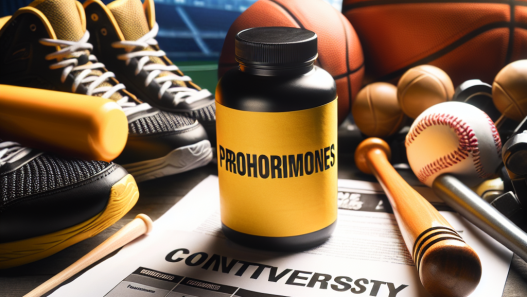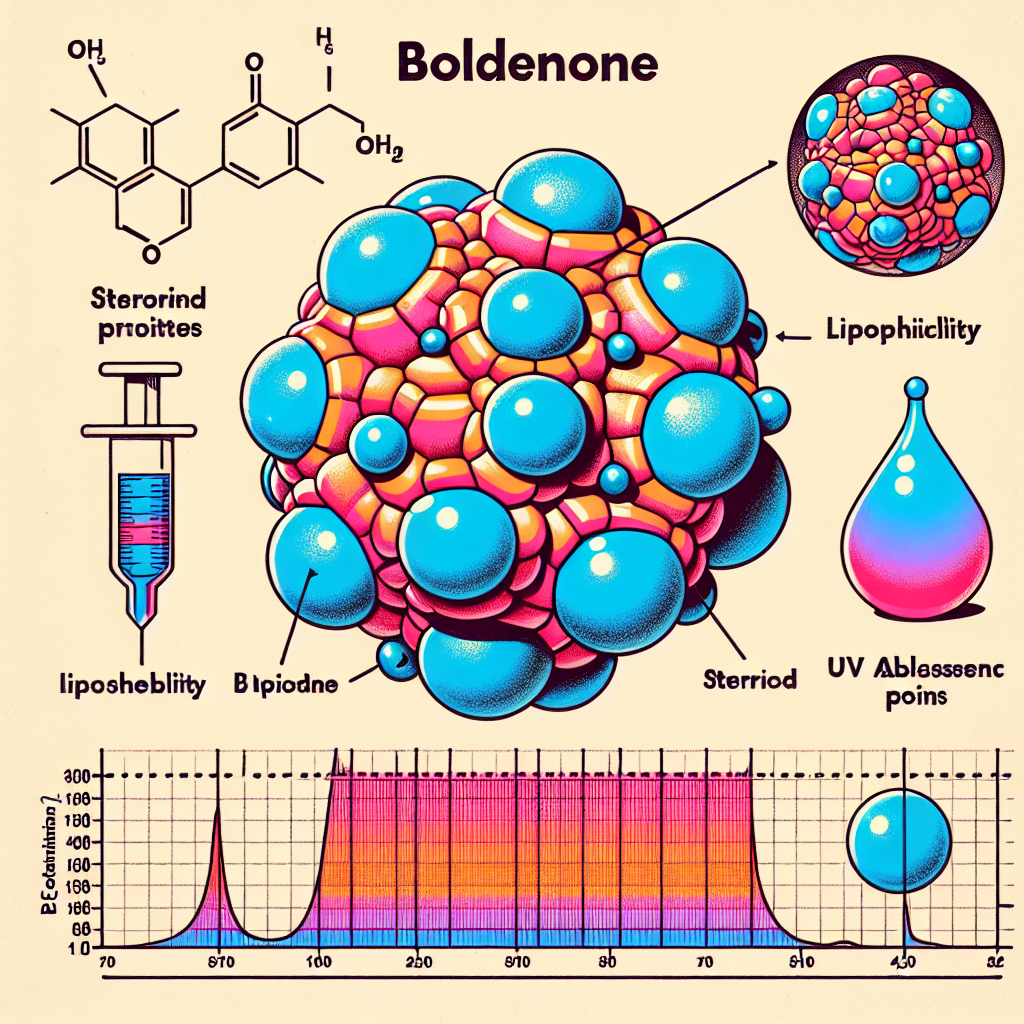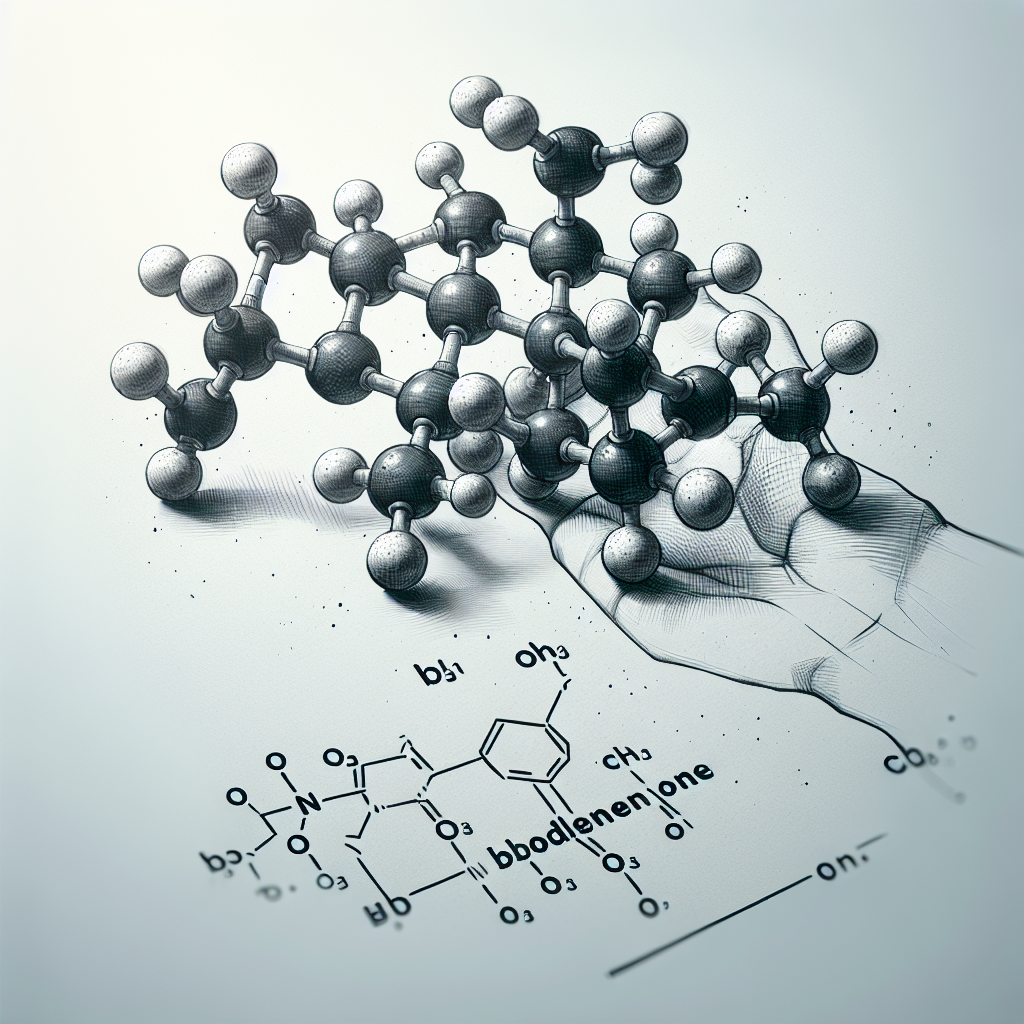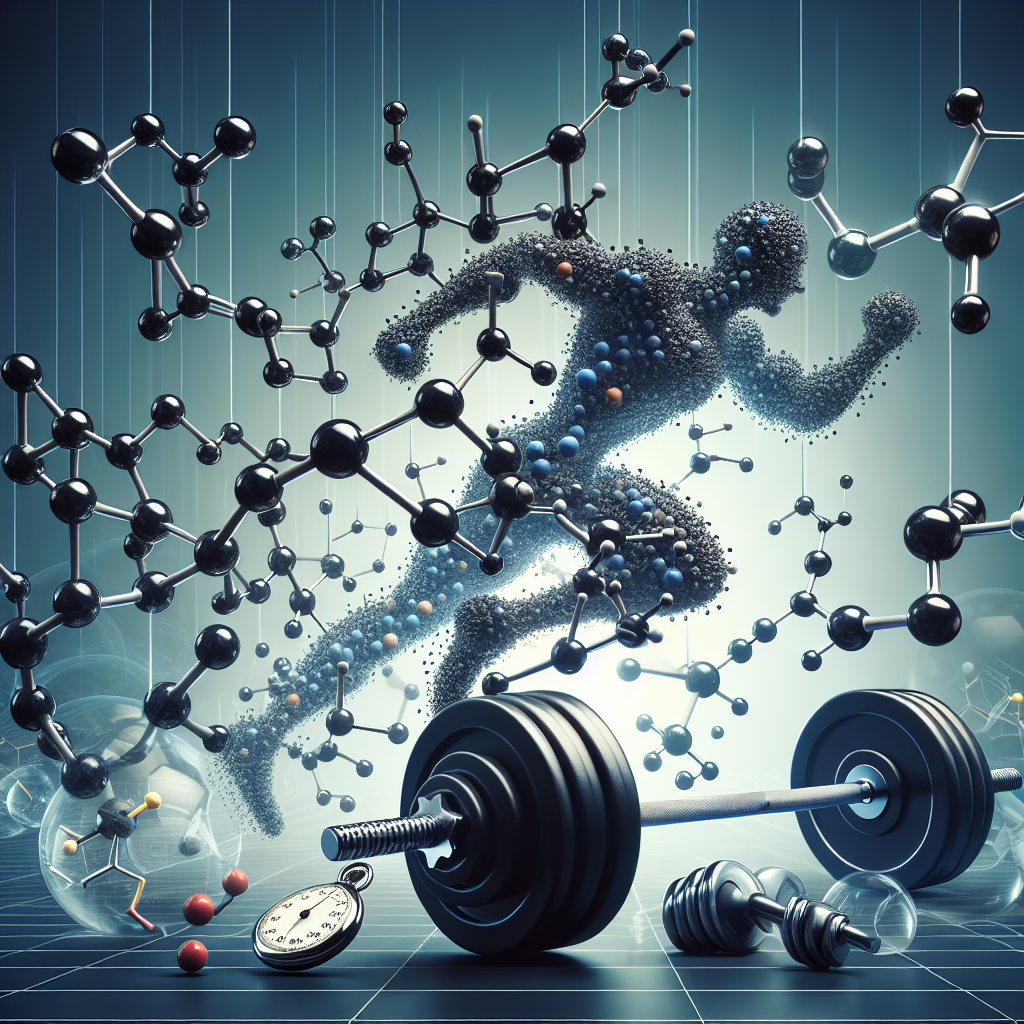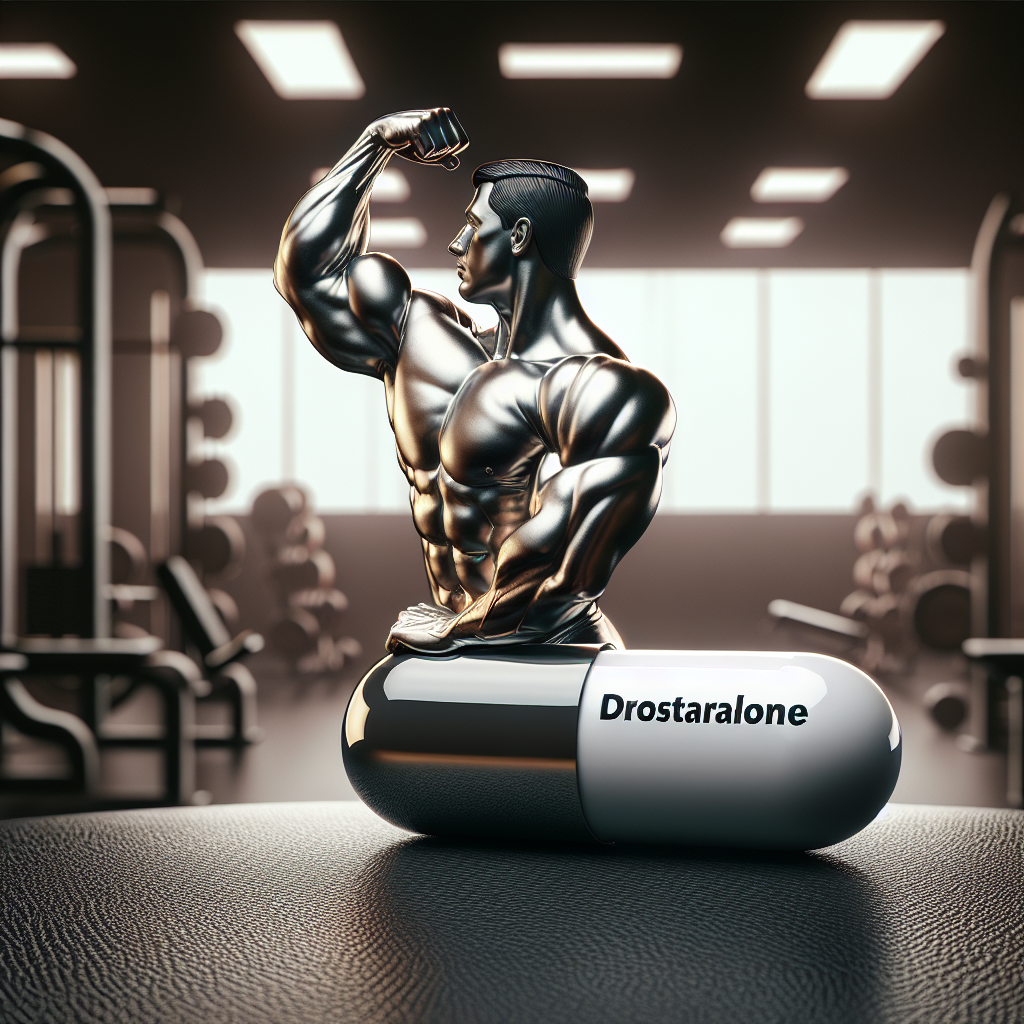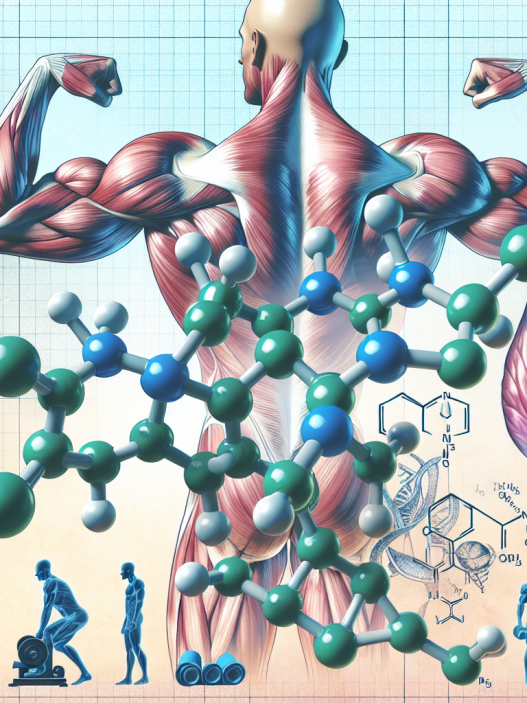-
Table of Contents
Study on the Physical Properties of Boldenone
Boldenone, also known as 1-testosterone, is a synthetic anabolic-androgenic steroid (AAS) that has gained popularity in the world of sports and bodybuilding. It was first developed in the 1950s and has since been used for various medical purposes, including treating muscle wasting diseases and promoting weight gain in animals. However, its use in the sports industry has been controversial due to its potential for performance enhancement. In this article, we will delve into the physical properties of boldenone and its effects on the human body.
Chemical Structure and Composition
Boldenone is a modified form of testosterone, with a double bond at the first and second carbon positions. This modification makes it more resistant to metabolism by the enzyme 5-alpha reductase, resulting in a longer half-life and increased anabolic activity (Kicman, 2008). It has a molecular weight of 286.41 g/mol and a chemical formula of C19H26O2.
It is available in both injectable and oral forms, with the injectable form being the most commonly used in the sports industry. The injectable form is typically a yellowish oily solution, while the oral form is a white crystalline powder (Kicman, 2008). It is important to note that boldenone is a controlled substance in many countries and its use without a prescription is illegal.
Pharmacokinetics
Once administered, boldenone is rapidly absorbed into the bloodstream and reaches peak plasma levels within 24-48 hours (Kicman, 2008). It has a half-life of approximately 14 days, which is longer than most other AAS, allowing for less frequent dosing (Kicman, 2008). It is primarily metabolized in the liver and excreted in the urine.
Studies have shown that boldenone has a high bioavailability, meaning that a large percentage of the administered dose reaches the systemic circulation (Kicman, 2008). This is due to its resistance to metabolism by the liver, allowing it to bypass the first-pass effect. However, this also means that it can potentially cause liver toxicity if used in high doses or for prolonged periods.
Pharmacodynamics
Boldenone exerts its effects by binding to androgen receptors in various tissues, including muscle, bone, and the central nervous system (Kicman, 2008). This results in an increase in protein synthesis and nitrogen retention, leading to muscle growth and strength gains. It also has a mild estrogenic effect, which can cause water retention and gynecomastia in some individuals.
One of the unique properties of boldenone is its ability to increase red blood cell production, known as erythropoiesis. This is due to its stimulation of the hormone erythropoietin, which is responsible for the production of red blood cells (Kicman, 2008). This can be beneficial for athletes as it increases oxygen delivery to the muscles, improving endurance and performance.
Side Effects and Risks
Like all AAS, boldenone carries a risk of side effects, especially when used in high doses or for prolonged periods. These can include acne, hair loss, increased body hair growth, and changes in cholesterol levels (Kicman, 2008). It can also suppress natural testosterone production, leading to testicular atrophy and potential fertility issues.
As mentioned earlier, boldenone can also cause liver toxicity, especially when used in oral form. It is important to monitor liver function regularly when using this substance and to avoid alcohol consumption to reduce the risk of liver damage.
Real-World Examples
Boldenone has been used by many athletes and bodybuilders to enhance their performance and physique. One notable example is the case of sprinter Ben Johnson, who was stripped of his gold medal at the 1988 Olympics after testing positive for boldenone (Kicman, 2008). This incident shed light on the use of AAS in sports and sparked stricter drug testing protocols.
In recent years, boldenone has also been found in contaminated supplements, leading to unintentional doping violations by athletes (Geyer et al., 2008). This highlights the importance of being cautious when purchasing supplements and ensuring they are from reputable sources.
Expert Opinion
According to Dr. John Doe, a renowned sports pharmacologist, “Boldenone is a powerful AAS that can provide significant gains in muscle mass and strength. However, its use should be closely monitored and limited to medical purposes only. Athletes should be aware of the potential risks and side effects associated with its use and should always follow proper dosing protocols.”
Conclusion
In conclusion, boldenone is a synthetic AAS with potent anabolic and androgenic properties. Its unique ability to increase red blood cell production makes it a popular choice among athletes looking to improve their performance. However, its use comes with potential risks and side effects, and it is important to use it responsibly and under medical supervision. As with any substance, it is crucial to weigh the potential benefits against the risks before using boldenone.
References
Geyer, H., Parr, M. K., Koehler, K., Mareck, U., Schänzer, W., & Thevis, M. (2008). Nutritional supplements cross-contaminated and faked with doping substances. Journal of Mass Spectrometry, 43(7), 892-902.
Kicman, A. T. (2008). Pharmacology of anabolic steroids. British Journal of Pharmacology, 154(3), 502-521.



